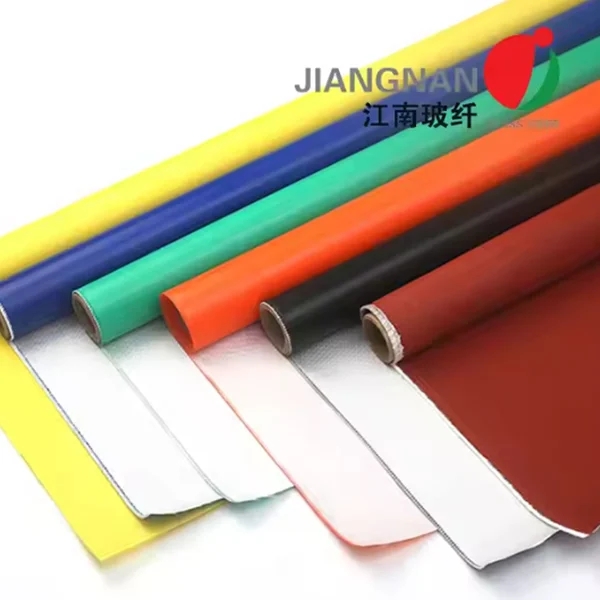The Foundation of Style: Understanding What Outdoor Tiles Are Laid On
When it comes to enhancing outdoor spaces, the choice of flooring can significantly influence both aesthetics and functionality. Outdoor tiles are a popular choice for patios, walkways, and pool areas, but the success of their installation largely depends on the substrate they are laid on. In this article, we will explore the various surfaces suitable for laying outdoor tiles, the importance of proper preparation, and the best practices to ensure longevity and durability.
Understanding Outdoor Tiles
Outdoor tiles are specifically designed to withstand the elements, including moisture, temperature fluctuations, and UV exposure. They come in various materials, such as porcelain, ceramic, natural stone, and composite materials, each offering unique benefits. However, regardless of the material chosen, the substrate on which these tiles are laid plays a crucial role in their performance.
Common Substrates for Outdoor Tiles
- Concrete Slabs
- Description: Concrete is one of the most common substrates for outdoor tile installations. It provides a solid, stable base that can support the weight of the tiles and withstand environmental stresses.
- Preparation: Before laying tiles on concrete, it is essential to ensure the surface is clean, dry, and free of cracks. Any imperfections should be repaired, and a waterproofing membrane may be applied to prevent moisture infiltration.
- Pavers
- Description: Pavers are often used as a base for outdoor tiles, especially in patios and walkways. They provide excellent drainage and can be easily adjusted to accommodate the tiles.
- Preparation: The paver base should be leveled and compacted. A layer of sand can be added to create a smooth surface for tile installation. It's important to ensure that the pavers are stable and not prone to shifting.
- Gravel
- Description: Gravel can be an effective substrate for outdoor tiles, particularly in areas where drainage is a concern. It allows water to flow through, reducing the risk of pooling.
- Preparation: A layer of landscape fabric should be placed beneath the gravel to prevent weed growth. The gravel must be compacted to create a stable base for the tiles.
- Wood Decking
- Description: For those looking to create a seamless transition between indoor and outdoor spaces, wood decking can serve as a substrate for outdoor tiles.
- Preparation: The wood must be treated to resist moisture and decay. Proper ventilation is crucial to prevent mold and mildew. Tiles should be installed using a flexible adhesive to accommodate the natural movement of the wood.
- Sand
- Description: Sand is often used in conjunction with pavers or as a base for certain types of outdoor tiles, particularly in beach or coastal areas.
- Preparation: The sand must be compacted and leveled to provide a stable surface. A layer of geotextile fabric can be used to prevent sand migration and maintain stability.
Importance of Proper Installation
The substrate is not just a foundation; it is integral to the overall performance of outdoor tiles. A poorly prepared base can lead to issues such as cracking, shifting, and water damage. Therefore, it is crucial to follow best practices during installation:
- Moisture Management: Ensure that the substrate allows for proper drainage to prevent water accumulation, which can lead to tile failure.
- Temperature Considerations: Be mindful of temperature fluctuations that can cause expansion and contraction of both the tiles and the substrate.
- Flexible Adhesives: Use adhesives that can accommodate movement, especially in areas with significant temperature changes.
Conclusion
Choosing the right substrate for outdoor tiles is essential for achieving a durable and aesthetically pleasing outdoor space. Whether opting for concrete, pavers, gravel, wood, or sand, proper preparation and installation techniques will ensure that your outdoor tiles stand the test of time. By understanding what outdoor tiles are laid on, homeowners and contractors can make informed decisions that enhance both the beauty and functionality of outdoor areas.


